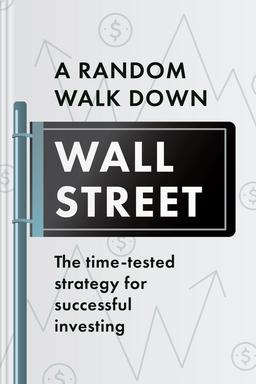You’ll learn
- Why investing beats speculation
- How past patterns predict wealth
- Why diversification is your safety net
- How to spot future winners before others do
russia has launched a full-scale war in Ukraine. Donate to support Ukraine and protect the world’s peace.

first KEY POINT
The terms “investment” and “speculation” are not interchangeable. A speculator buys shares and anticipates short-term gains. Passion and commitment are essential to harness the potential of your investments. An investor looks for stocks that produce steady revenue over long periods. Investment requires work, yet it is fun. A successful investor typically is a savvy individual who takes advantage of their analytical thinking and innate curiosity to boost their wealth.While it's understandable that the primary goal of investing in a business is to make profits, investments are also important to build a successful brand. Successful investors know that they have to win some and lose some, which is why they refuse to be defined by failure. A good investment needs more careful planning, and a bad investment requires more determination.
This tidbit draws on three backgrounds to provide perspectives on the stock market: investment analysis and portfolio management, economics, and successful investment experience. Despite the facts and figures in this summary, a layperson can find practical and beneficial principles to help them take the random walk down Wall Street.
second KEY POINT
Tulip bulbs were in high demand in Holland in the 17th century. The South Sea Bubble was popular in England in the 18th century. The early 1960s new-issue frenzy was the norm. “Nifty Fifty” found fame in the 1970s. The extraordinary rise in Japanese land and stock values preceded an equally stunning fall in the early 1990s. The “Internet Craze” of 1999-2000 reminds us that neither people nor financial experts are immune to previous mistakes.

Continue reading with Headway app
Continue readingfirst KEY POINT
second KEY POINT
third KEY POINT
fourth KEY POINT
fifth KEY POINT
sixth KEY POINT
seventh KEY POINT
eighth KEY POINT